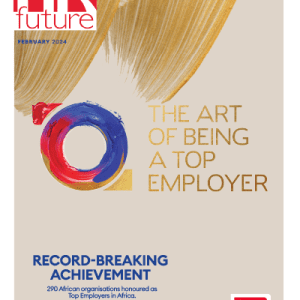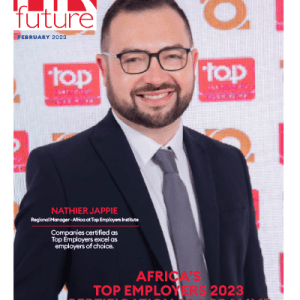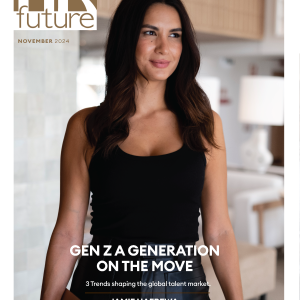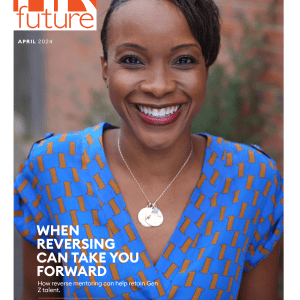Research shows that when we think of a star performer, we think of a man. Countering this is everyone’s job.
When you think of a “star performer,” you may have someone particular in mind — a colleague or a former schoolmate. Or maybe your idea is more abstract — a set of traits and behaviors that define a high achiever. Someone with rare, desirable qualities, capable of exceptional work.
In “Think star, think men?” published in the Journal of Organizational Behavior, Isabel Villamor of IESE and coauthor Herman Aguinis from the George Washington University School of Business explore the star performer gender gap. This gap means that top performing women are less likely to receive the same recognition as men, despite comparable accomplishments. A trio of studies uncovering the traits commonly associated with top performers highlighted the challenges women face in being considered “star quality.”
What is a star performer? The studies, on a sample of over 2,300 participants in the United States, revealed that top performers are seen to be driven, relational, extraordinary, fascinating, tenacious and brilliant.
They also revealed that participants tended to view these attributes as masculine rather than feminine. In other words, when we imagine a workplace star, most likely we’re picturing a man, suggesting that cultural ideals of success may unintentionally align with traditional male behavior patterns. And this can limit how success is defined for other groups in the workforce.
Invisible inequality
There are, of course, entrenched gendered perceptions in many areas of the workplace. One of the most well-known stereotypes is the “think crisis, think female” phenomenon, in which women are most likely to access leadership roles when organizations are facing a crisis. Former British Prime Minister Theresa May, tasked with the thankless role of leading post-Brexit-vote Britain, is one example.
But this study highlights a more subtle barrier: our implicit feelings about what constitutes star power. These result in biases that create what the authors call “invisible inequality.” They are particularly pronounced in male-dominated industries, where the association between star performance and traditionally masculine traits is even stronger.
The same biases don’t apply when it comes to identifying “very good” employees. So, high performing women face a unique barrier: they may be recognized as competent or very good, but being seen as exceptional can hover just out of reach.
How can we change how star performers are seen?
Changing the narrative isn’t just a job for the diversity office. Instead, Villamor and Aguinis provide pointers for everyone in the organization to help foment equal opportunities for all:
- Individuals in privileged positions need to lead. Shifting the burden of proof from those with less power to those with more is a key step to accelerating the process.
- Workplaces should reinforce that a combination of traditionally masculine and traditionally feminine traits are valuable in leadership roles. Celebrate diversity by highlighting the achievements of women and underrepresented groups to frame “stars” in a new light.
- In performance reviews, managers should be educated on best practices and how to avoid arbitrary standards that can disadvantage some groups. Standard, evidence-based frameworks should be used to avoid emotion-based judgments.
Most ambitious employees would like to be seen as star material — and being seen this way can lead to greater mentorship, increased collaboration opportunities and, of course, promotions. Interestingly, though, the study didn’t find that star performers necessarily possessed the six attributes associated with them — being driven, relational, extraordinary, fascinating, tenacious or brilliant. They were just assumed.
It’s a reminder to us all that many of the traits we see as desirable are informed by perception rather than evidence — and that stars come in all shapes.

































































